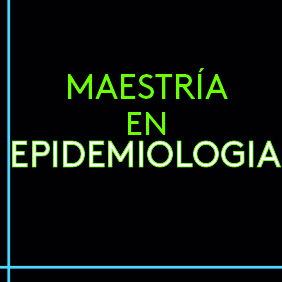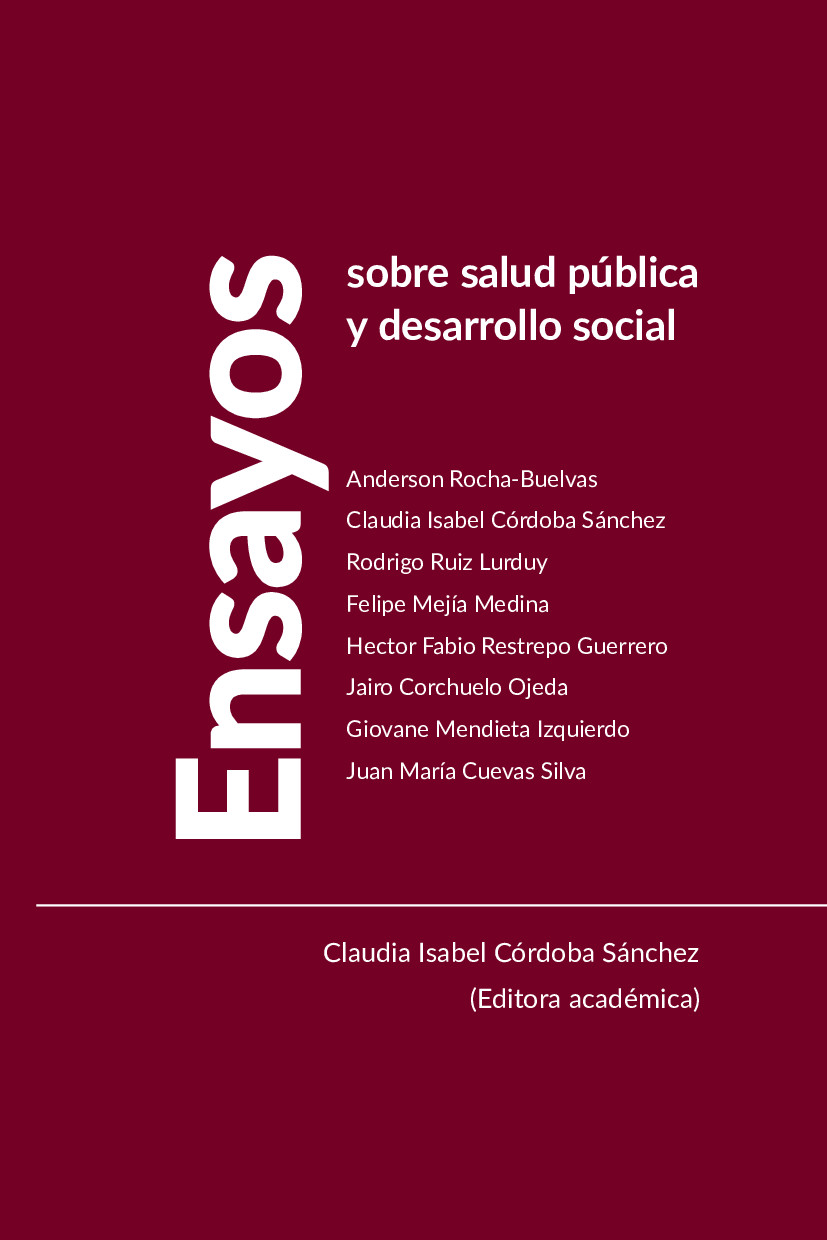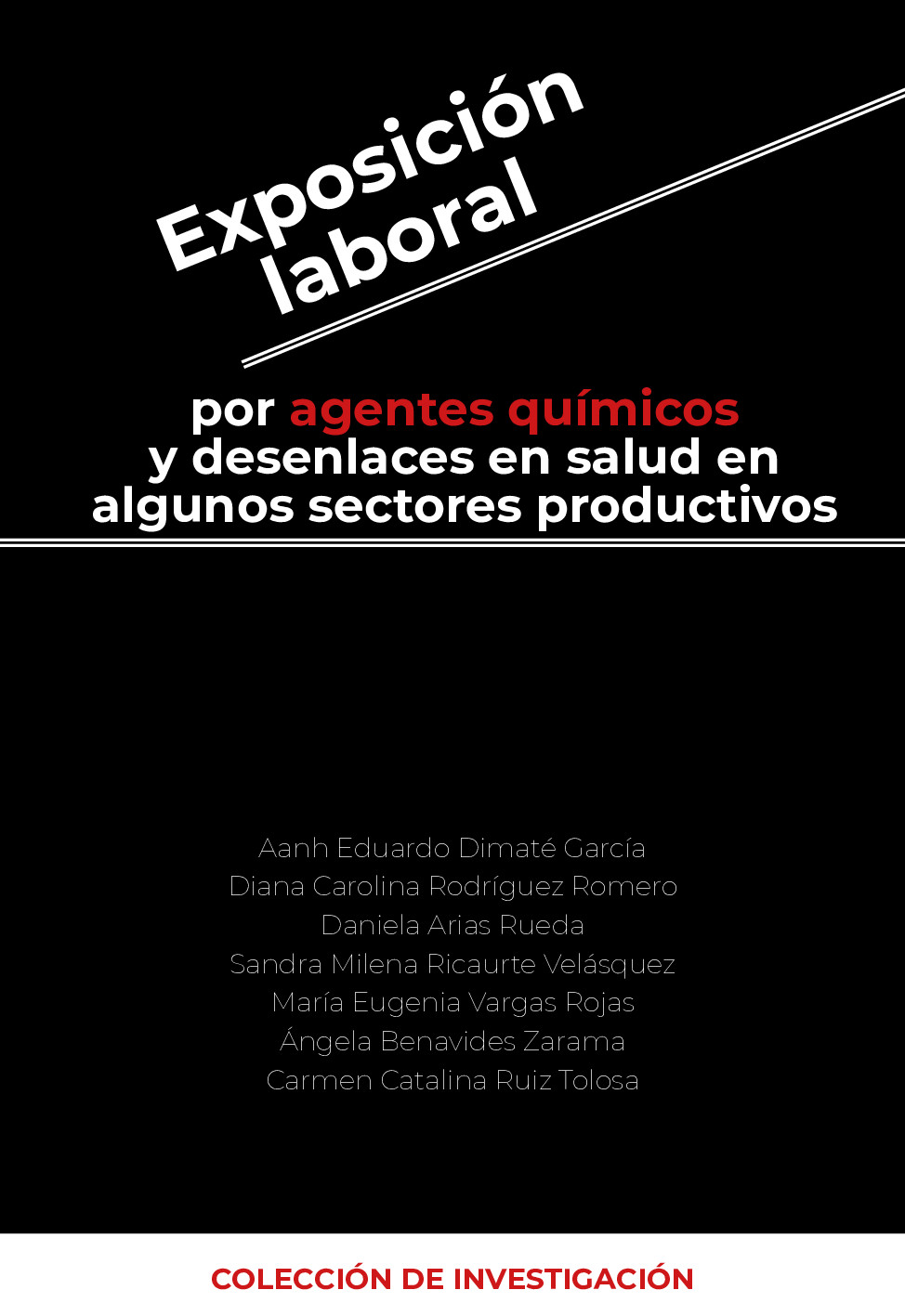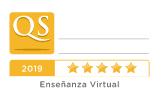Abstract
Introducción: la accesibilidad a los servicios de promoción y revención de la población hipertensa, es una de las estrategias de salud pública para reducir los riesgos de enfermar y morir en esta población. Evaluar las barreras al acceso a estos servicios, permite reorientar políticas saludables para garantizar calidad de vida y disminuir la inequidad. Métodos: este es un estudio descriptivo donde participaron 422 personas hipertensas, y se evaluó la percepción que tienen sobre acciones de promoción y prevención. Resultados: la distribución de los pacientes según el régimen de salud fue 39.9% del contributivo, 54.5% subsidiado y el 5.2% eran pobres no asegurados; el 70.5% con ingresos mensuales iguales o inferiores al mínimo, baja escolaridad; sólo el 8% accede a programas de actividad física. Conclusiones: la accesibilidad está determinada por 5 componentes de promoción y prevención garantizados en la población de bajos ingresos que pertenecen al régimen subsidiado: participan en clubes de la salud y realizan actividad física. Estos hallazgos no se encontraron en la población de régimen contributivo.
Abstract
Introduction: the accessibility to promotional and preventive services for the hypertensive population, is one of the strategies of public health, in order to reduce the risks of getting sick and dying in this population. Evaluating the obstacles to access these services, allows the reorientation of healthy policies, in order to be able to guarantee a good quality of life and decrease the inequality. Methods: descriptive study of 422 hypertensive people, which evaluated their perceptions of promotional and preventive actions. Results: patients from different health institutions participated. 70.5% with equal or lesser monthly incomes to the minimum salary wage, low schooling; only 8% has access to programs of physical activity. Conclusions: the accessibility is determined by 5 components and the promotional and preventive services are guaranteed among the lower income population that belongs to the subsidiary regime: participating in health clubs and executing physical activity. These findings were not found in the population with a regime by contribution.
Keywords: accessibility to health services, promotional health, health attention providers, attention to health controlled programs, hypertension, motor activity, validity of the tests, analysis of main components.
Licence
Authors should declare no conflicts of interest either for reasons of financing the project which is the result of the article; as well as intellectuals, academics, moral and investigative reasons.
The Journal of Andean Research is home to the ethical rules for publications issued by the COPE: http://publicationethics.org/resources/code-conduct

 PDF (Español (España))
PDF (Español (España))
 FLIP
FLIP

















